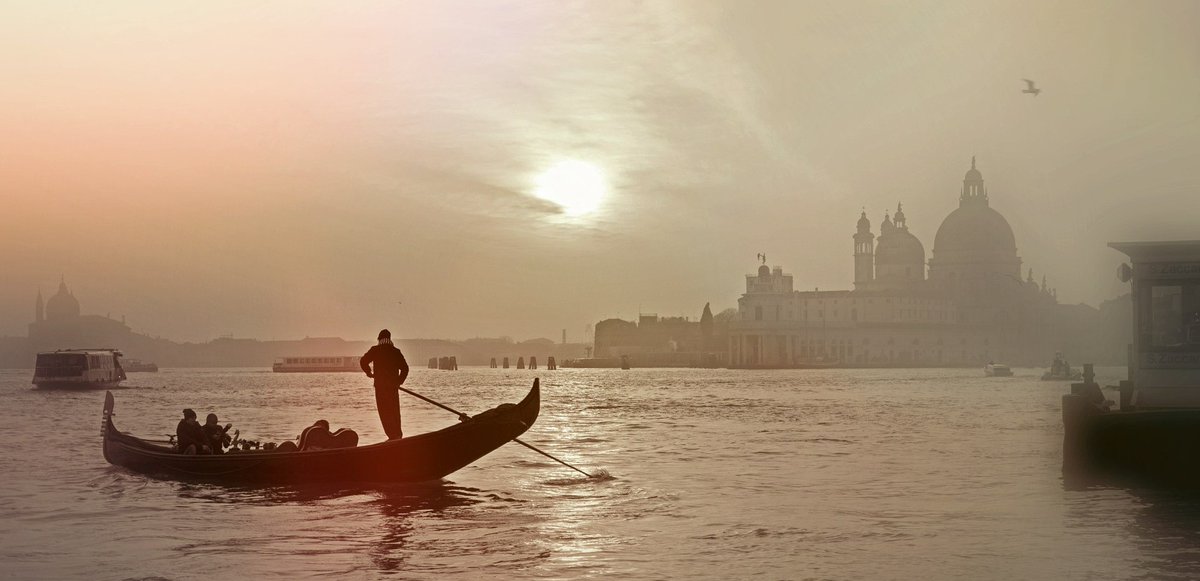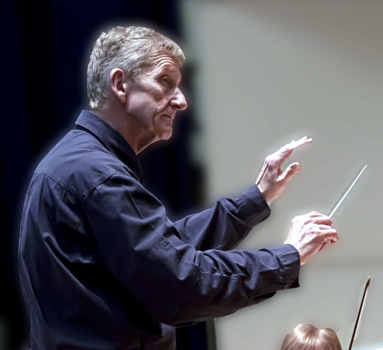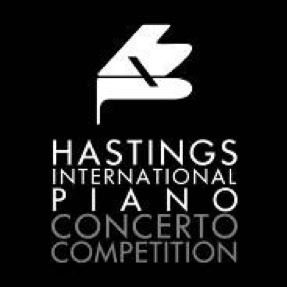DOVE-WEIR-MARTIN – CHORAL WORKS
CHOIR OF WESTMINSTER ABBEY
JAMES O’DONNELL, Conductor
PETER HOLDER, organ
HYPERION CDA68350 70’16
This release presents a polished selection of liturgical choral works from three contemporary British composers. Much of the music here has been commissioned by the Abbey and so there is a particular affinity in this recording of these musicians in this place. The first two composers are well established figures in the contemporary choral repertoire. Matthew Martin may be less familiar and it is good to have his Westminster Service with other settings alongside Dove’s Missa Brevis and further anthems by him and Judith Weir.
BRITISH MUSIC FOR STRINGS III – BRITISH WOMEN COMPOSERS
SUDWESTDEUTSCHES KAMMERORCHESTER PFORZHEIM
DOUGLAS BOSTOCK, conductor
CPO 555 457-2 63’52
This is a very welcome recording of music for strings from British women whose lives spanned the latter part of the 19th and complete 20th centuries. It is good to see more music by both composers who may have fallen into the ‘neglected’ category on two counts – country of birth and gender. All of this music was unknown to me and very enjoyable. The longest work here, Ethel Smyth’s Suite for Strings Op 1A, opens the CD. The other more familiar name, Ruth Gipps, closes it with the wonderfully titled Gringlemire Garden: An impression for string orchestra. Lament and a Suite by Susan Spain-Dunk are included together with Constance Warren’s Heather Hill. A fascinating disk.
ASTOR PIAZZOLLA
ESCUALO5
BIS-2605 75’10
The release of a new recording of music by Piazzolla is, in my opinion, always a very welcome occurrence. Here we have passionate performances from the ensemble Esucalo5 which consists of violin, accorion, guitar, piano and double bass. Alongside the more familiar and extensive Tango Suite and Histoire du Tango is another longer piece Contrabajisimo (unknown to me) and a number of shorter pieces. A lovely production.
GEORGE CRUMB – METAMORPHOSES, BOOKS I & II
MARCANTONIO BARONE, piano
BRIDGE 9551 75’59
Sometimes a release becomes more topical for a sad reason. With the recent death of George Crumb at 92 years this is a case in point. The composer continued to push musical boundaries until the end of his life as can be seen in this pairing of his two books of Metamorphoses (after celebrated paintings) for amplified piano, written between 2015 and 2020. This is definitely a CD of immersive music which also serves as a poignant marker of the end of George Crumb’s life of musical innovation.
AMY BEACH – COMPLETE WORKS FOR PIANO DUO
GENOVA & DIMITROV PIANO DUO
CPO 555 453-2 63’51
Amy Beach is another composer who is receiving more attention after a long period of obscurity. This is a delightful disc of music brought to life with the seamless pairing of pianists Genova & Dimitrov. The expanded sound world of either the piano duet or duo allows for deeper, richer sonorities and virtuosic interplay. Here we hear both in a programme of four collected pieces. Variations on Balkan Themes for 2 pianos opens and together with Suite for 2 pianos founded upon old Irish melodies make up over half of the CD. They are complemented by Three pieces for piano four-hands and Summer Dreams for piano four-hands. Little known music that should be heard and enjoyed.
ERNEST MOERAN – CHAMBER MUSIC
FIDELIO TRIO
RESONUS RES10296 66’27
This is a very enjoyable programme of fine performances by the Fidelio Trio. Opening with Sonata for violin & piano in E minor and then the Sonata for two violins. The CD concludes with the Piano Trio in D major. Much of this music is spirited and extrovert but for me it is the exquisite introverted Prelude for Cello & Piano, the latest work (1943) here that really spoke to me.
EKMALIAN – PIANO WORKS
MIKAEL AYRAPETYAN, piano
GRAND PIANO GP894 75’50
This music was unknown to me and listening to it was fascinating. Armenian composer, Ekmalian, was a great influence in his home country. He composed the setting of the Divine Liturgy still in use by the Armenian Church. Here a major part of the recording is taken up by an arrangement of the liturgy. There are also a number of pieces inspired by Armenian folk song together with a Nocturne and Song without words. Some of this music seems to pre-empt the sparser, meditative piano music of the late 20th century, despite the composer dying in 1905. Played by a fellow countryman, this is a lovely welcome release.
ERIC NATHAN – MISSING WORDS
BOSTON MODERN ORCHESTRA PROJECT
AMERICAN BRASS QUINTET
INTERNATIONAL CONTEMPORARY ENSEMBLE
NEAVE TRIO
HUB NEW MUSIC and soloists
NEW FOCUS RECORDINGS FCR314 84’10
A fascinating and engaging project this is an instrumental re-imagining of selected words from Ben Schott’s book Schottenfreude which itself is an inventive dictionary of imaginary German words. The author says, “Schottenfreude exists because when English is exhausted, we turn to German. Missing Words exists because when words are exhausted we turn to music” Arranged in six groups over two discs the musical representations are made in a wide variety of styles by an assembly of talented new music performers. The first word of Missing Words VI (Witzbeharrsamkeit) particularly caught my ear, harking back to a very well-known German composer! I shall return to this CD to enjoy both the music and the original words and may now be inspired to seek out the book from which they are derived.
GRAZYNA BACEWICZ – PIANO WORKS
PETER JABLONSKI, piano
ONDINE ODE 1399-2
A programme of ‘big’ piano music makes for very enjoyable listening. There are some quieter moments but much of this is powerful stuff! 10 Concert Etudes and 2 Etudes on Double Notes sit alongside Piano Sonatas 1 & 2 and the opening Concert Krakowiak. This is a wonderful release with commited performances of beautiful music from this talented composer who is slowly receiving more recognition beyond her native Poland.
SOFIA GUBAIDULINA – ORCHESTRAL MUSIC
RADIO-PHILHARMONIE HANNOVER DES NDR
JOHANNES KALITZKE, BERNHARD KLEE, conductors
CPO 999 164-2 57’42
The longest work here, Pro e contra, is also the most recent (1989). Concodanza and Fairytale Poem/Marchenbild, two works from 1971 complete the CD. This release is a welcome addition to available recordings of this significant 20th/21st century composer. Born in Tartarstan, then part of Soviet Russia, Gubaidulina’s music often serves as an expression of her innermost spirituality. Like Bacewicz her music is becoming more widely known across the world and she is being recognised as an influential composer with an individual voice across different genres.
WILLIAM BYRD – KEYBOARD MUSIC
FRIEDERIKE CHYLEK, harpsichord
OEHMS OC1724 57’02
This is a lovely recital by a German performer who specialises in English keyboard music from the 16th and 17th centuries. This programme includes some well known titles opening with The Earl of Oxford’s March and Sellinger’s Round. It is good to have these fresh recordings in this no-nonsense presentation.
BACH – CANTATAS 35 & 169
IESTYN DAVIES, countertenor
TOM FOSTER, organ
ARCANGELO
JONATHAN COHEN, conductor
HYPERION CDA68375 65’12
This excellent CD pairs two of three solo cantatas probably written by Bach with a specifically gifted boy alto in mind. Gott soll allein mein Herze haben is here together with Geist und Seele wird verwirret. In these recordings countertenor Iestyn Davies takes them on with particularly pleasing results. Whilst the sound of a countertenor is not to everyone’s taste it cannot be disputed that Davies’ sound is remarkable and incredibly pure. Arcangelo and organist Tom Foster bring appropriate vitality and gentle underscoring to the vocal line throughout. Together with the cantatas are two short pieces from Bach’s influencers Schutz and Buxtehude.
ERIC COATES – BRITISH LIGHT MUSIC 4
SLOVAK RADIO SYMPHONY ORCHESTRA
ANDREW PENNY, conductor
NAXOS 8.555194 62’58
The gentle stream of releases in this series of British Light Music continues to bring much pleasure. Whilst some of this music is very familiar (By the sleepy lagoon) and, perhaps to amateur pianists, the Four Ways Suite, there is much here that is unfamiliar and deserving of a fresh airing. Amongst these lovely recordings is the charming Springtime Suite, surprising Saxo-Rhapsody (with Kenneth Edge on saxophone) and two spirited marches The Eighth Army and High Flight.
NIKOLAI KAPUSTIN – BLUEPRINT: PIANO MUSIC FOR JAZZ TRIO
FRANK DUPREE, piano JAKOB KRUPP, bass
MEINHARD ‘OBI’ JENNE, drums
CAPRICCIO C5439 68’09
I have only fairly recently discovered Kasputin and what I have heard so far I have greatly enjoyed. His ability to cross musical boundaries and to fuse aspects of the jazz and ‘classical’ worlds was second to none. Here we have a wonderful new CD of music based around the composer’s main instrument here sympathetically enhanced by the addition of bass and drums. How sadly ironic that I am writing this on the day that Russia has launched attacks on Ukraine, the homeland of the composer, whose music remained relatively unknown through much of his lifetime due to the politics of where he grew up.
SP
The final concert in BPO’s 2021/22 season opened, appropriately enough, with a simple, short statement of solidarity with the people of Ukraine. Myroslav Skoryk’s Melody, currently being played by orchestras across Europe and Scandinavia, is a lyrically pretty piece, evocative at present given its connotations and context.



